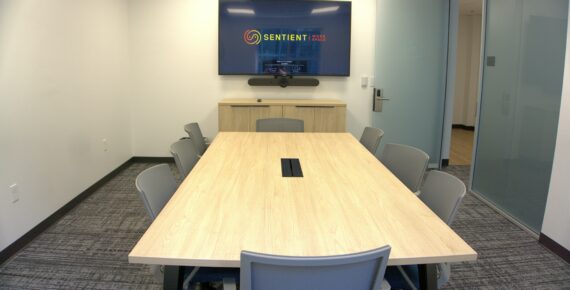Once upon a time, the choice was simple: a water cooler in the break room, a potted plant by the copier, and maybe a corner office if you played your cards right. But that was then. Today, the line between office workspaces and, well, everything else is blurrier than a Monday morning after too little sleep. With the rise of remote work, hybrid teams, and digital nomads, businesses now face a real question: stick with the tried-and-true traditional office, or embrace the flexible world of coworking spaces?
Let’s explore your options—without the corporate jargon and with just enough sass to keep it interesting.
Structure vs. Flexibility: What’s the Vibe?
Traditional offices are like that reliable sedan—dependable, consistent, and occasionally a bit… beige. They offer structure, privacy, and a sense of permanence. For some teams—especially those in finance, law, or more hierarchical industries—this setup brings clarity and control.
Coworking spaces? Think of them as the convertible: dynamic, collaborative, and occasionally blasting indie music in the common area. They offer flexibility, fresh energy, and yes, even social events in coworking communities that make networking feel less like a chore and more like happy hour with ambition.
Are social events common in shared offices? You bet. From lunch-and-learns to themed mixers, coworking spaces are built for connection. Traditional offices have the occasional potluck… if you’re lucky.
Productivity: Quiet Corners or Buzzing Energy?
If your team needs laser-sharp focus, traditional setups with closed doors and designated desks might feel like heaven. You control the lighting, the noise, and who steals your stapler.
But don’t count out coworking just yet. The best office workspaces for productivity include zones for quiet work, private phone booths, and communal areas that spark spontaneous collaboration. Plus, no one is asking you to commit to a 5-year lease or furnish a 1,000-square-foot space yourself.
For many, the buzz of a coworking hub is energizing rather than distracting. And let’s be honest—having a fully stocked espresso machine within arm’s reach doesn’t hurt either.
The Future Is Fluid
Let’s talk about the elephant in the breakroom: what future offices will look like.
Spoiler alert—they’re already here. Hybrid models are winning. Employees want flexibility without isolation. Business owners want professional environments without inflexible leases. Enter the modern coworking space: part professional hub, part community, part productivity sanctuary.
What trends are shaping future workspaces? Think modular layouts, tech-friendly rooms, wellness elements, and plug-and-play offices where teams can scale up or down without drama. The modern workspace is less about square footage and more about experience.
So, Which One Wins?
It depends on your team, your work style, and your goals. Why do some teams prefer traditional offices? They offer control, consistency, and a clear brand presence. But they also come with overhead, maintenance, and commitment.
Coworking, on the other hand, is ideal for growing teams, freelancers, remote workers, and startups who want all the bells and whistles—like meeting rooms, high-speed internet, and community perks—without the full-time price tag.
Here’s Your Answer (and It Comes with Free Coffee)
Still undecided? Good news—there’s a space that offers the best of both worlds. Sentient Workspace is redefining what a professional environment looks like. Whether you need a quiet private office, a shared desk with networking potential, or a stunning conference room to seal the deal, this flexible workspace has you covered. It’s productivity with personality, and structure with soul.
So go ahead—ditch the beige and find a space where your business (and you) can thrive. Your next office is smarter, sleeker, and a whole lot more human. Start with Sentient Workspace and get to work—on your terms.







